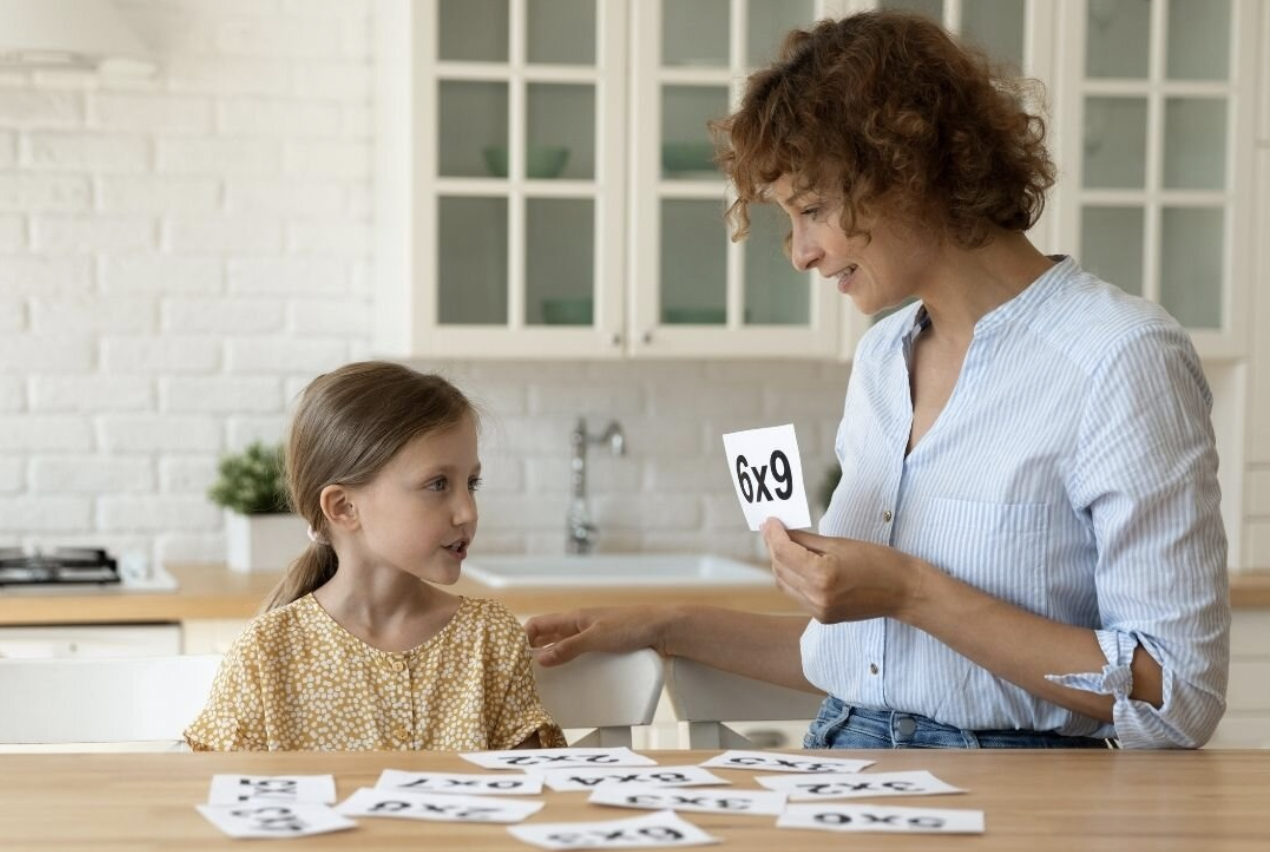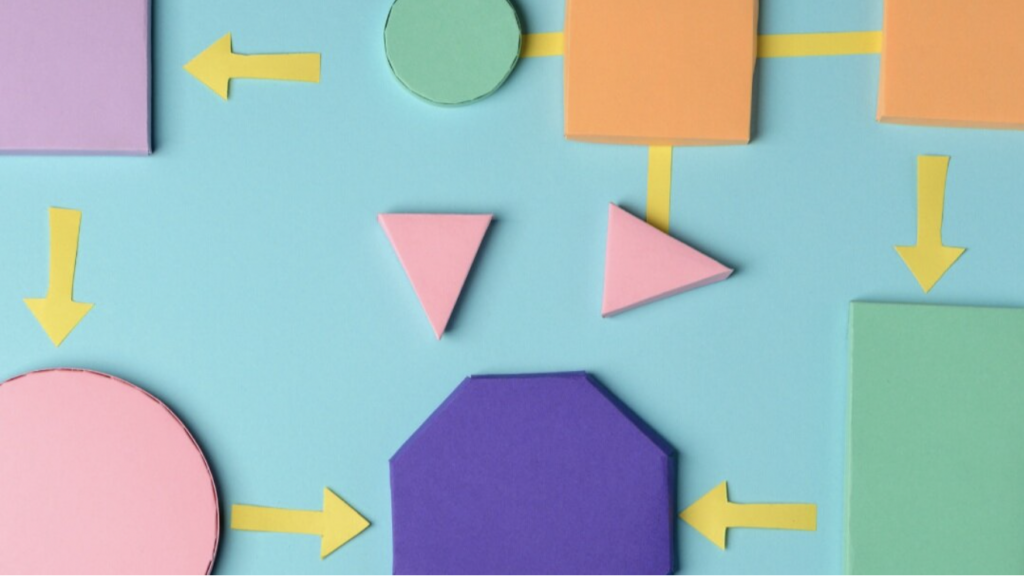
Dyscalculia is a disability that affects the way students process and understand numbers. While the reading-based disability dyslexia can cause number confusion as well, dyscalculia occurs in students with specific difficulty working with numbers and number-based operations.
Just as students with dyslexia can have anxiety performing literacy tasks, children with dyscalculia can experience anxiety in math. Since these students don’t typically struggle in language-based subjects, their anxiety is usually isolated to math and math-related subjects. However, because math affects our daily lives in many ways, this anxiety does not necessarily just apply to the classroom. Even tasks like telling or managing time, shopping, and cooking can be daunting and overwhelming to a person with dyscalculia.
Like any other source of anxiety, there are ways we can empower students with dyscalculia to become more confident mathematicians. With the following tools and strategies, students can improve their math understanding and performance in and out of the classroom.
Strategies and Supports For Students With Dyscalculia
Build a Strong Foundation
Students with dyscalculia often build early math skills more slowly. When gaps in those early skills aren’t caught and filled in thoroughly, these students just become more and more lost as they progress through the grades. For example, students who never get a solid foundation in division will have a very hard time understanding fractions. Make sure those foundational concepts are there as early as possible.
Allow Calculators (When Needed)
While these tools have been widely debated, there is a purpose in allowing their use for students with a math disorder. While it is important for students learning math skills to be able to execute an operation before seeing the solution, sometimes the barriers that dyscalculia can cause prevent students from accessing these math concepts at all. When a student isn’t making progress due to tremendous difficulty executing mathematical operations, he should be able to use tools to help him be successful. This, in turn, boosts confidence and self-esteem and reduces math anxiety.
Use Graph Paper
Some of the struggles that come with dyscalculia are visual. Lots of students find that graph paper helps provide a more structured visual plane on which to chart their work. This makes it easier for them to organize and keep track of their steps.
Encourage a Growth Mindset
A lot of the anxiety kids feel around math has to do with a fear of making mistakes. After all, if they knew they would never make a mistake, what would they have to feel anxious about? Breaking down the misconception that mistakes are a mark of failure is the first step in addressing this damaging mindset. Instead, show students the value in making mistakes. They need more than just to hear “it’s okay to make mistakes.” They need to see other people (including their teachers and parents!) making mistakes, learning from them, and being okay. The more exposure they have to how other people deal with mistakes, the more comfortable they’ll feel making their own, and the sooner they’ll be able to start using them constructively.
Make Math as Game-Based as Possible
When a child has anxiety around math and using math strategies, make their practice fun! It’s easy to distract students from their anxiety with games. So make as much of their math practice as possible into a game. It’ll help make time spent doing math a bit more bearable. They might even begin to enjoy it!




